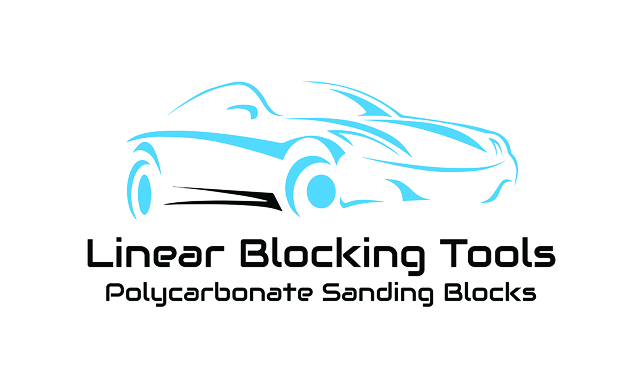Stripping the Vehicle
Once your project has been disassembled your first step is stripping the old paint, rust, and other debris getting down to clean metal (or lack there of).
We like to start by stripping the outer body with a mechanical stripping disk using an 8" 80 grit pad on a buffer. Be sure to go slow, a lot of these old finishes will immediately gum your paper if you go to fast. Moreover because you CAN warp the metal in this stage if you go too fast by creating a large amount of heat. Slow and steady wins the race here!
Blasting is a commonly used method as well, there are many types of blasting and many different medias. Sandblasting the outside (or the inside of and outer panel) is a definite DO NOT. There are some medias such as soda blasting or walnuts that will not warp outer panels if done correctly. We typically prefer having the vehicle on a rotisserie for the blasting process.
Metal Work
With stripping complete its time to move on to the next stage which is metal work. During this stage you will be repairing and/or replacing any rusted areas, setting your gaps, and doing any custom metal work.
In order to set all our gaps (we shoot for a 3/16" gap) we will need to put the car back on its wheels (back on the frame for full framed cars or back as a roller for unibody cars). A crucial must as all cars will have some "flex" when sitting in different positions and this will ensure that the body has flexed into its happy home. Always finish off by making sure all your body mounts are tight.
Next, we will start in the rear of the vehicle and fit the body panels on the car. Fit the door to the quarter and rocker, then the fender to the door, hood to fenders etc etc. We start in the back and move forward because we can’t adjust the quarter unless we are cutting/replacing it. Bolt the vehicle together as best as you can and then start cutting/grinding/welding on your gaps. Ensure all panel edges are welded back together if you happen to grind through the hemmed edge.
Metal Prep
Now that all the metal work is finished, I like to do a "spot blast" to clean the metal around any welds or any small rust spots that have formed, while the car was in bare steel.
Subsequently we typically epoxy the inside, bottom and door jambs using VP2050 high build epoxy (or preferred epoxy primer) leaving the exterior of the vehicle unprimed. When our first round of primer has cured, we will come back and do a Metal Prep coating.
A Metal Prep coating consists of :
- Cleaning the metal with DX579 with WARM water and a red scotch brite pad.
- Clean again with DX579 and blow dry entirely.
- Use DX520 with WARM water and a red scotch brite. DX520 will put a phosphate coating on the steel that will not only help corrosion protection but also provide a very nice tooth for the epoxy to adhere to.
Once the metal prep process is complete clean with wax and grease remover and epoxy prime.


